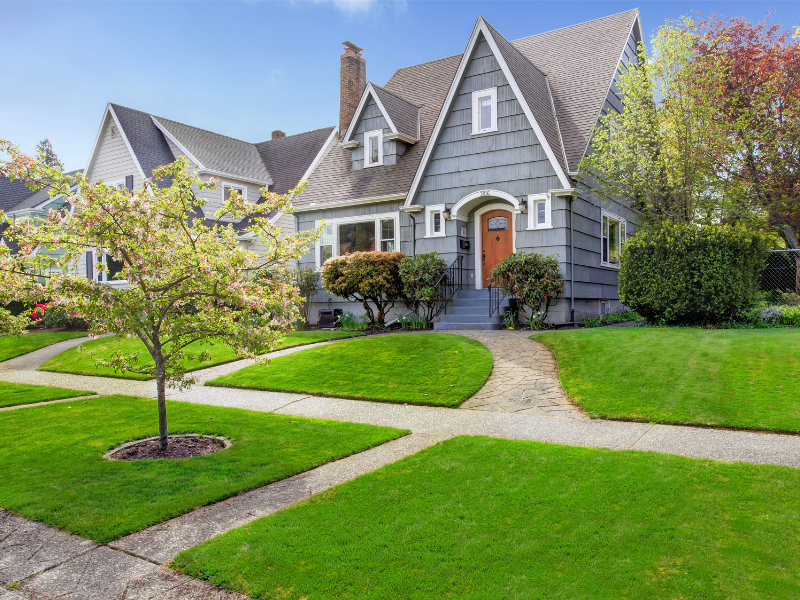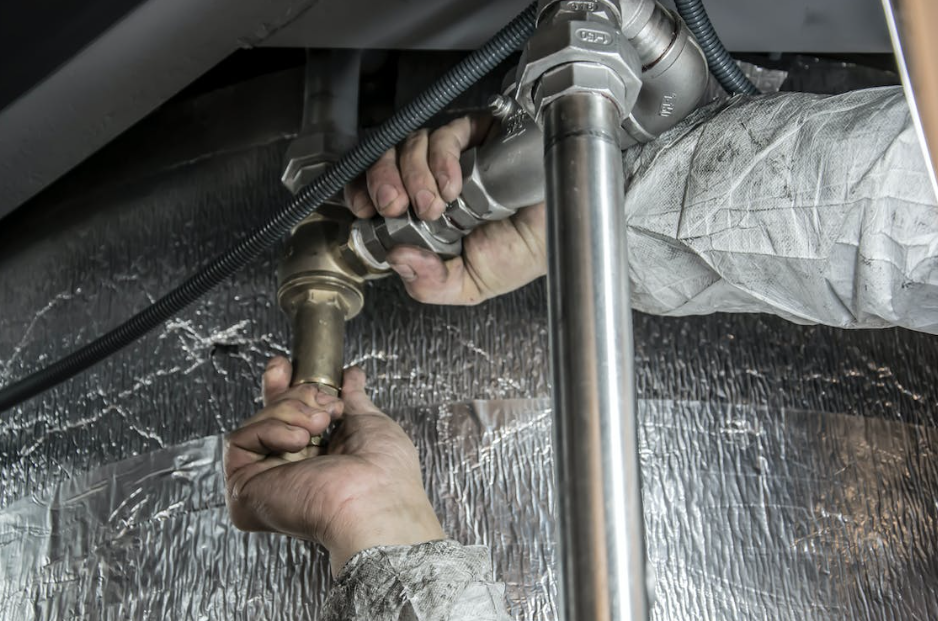Categories
Home SellingPublished September 17, 2025
What Home Improvements Give the Best Return on Investment?

If you’re thinking about selling a home now or sometime in the future, you probably wonder: What home improvements will actually add value — not just cost money? Doing upgrades is smart, but not all improvements are equal when it comes to return on investment. Some give you more bang for your buck, others less. Here’s a simple guide to help you pick the best ones.
Why Focus on ROI When Making Home Improvements?
-
Add value: You want your home to be more appealing so potential buyers will pay more.
-
Save time and stress: Some improvements help you sell faster.
-
Avoid wasted money: If it costs more than what buyers are willing to pay extra for, it isn’t smart.
Top Major Renovations That Often Pay Off Big
Here are big-projects that tend to give strong returns when selling a home:
| Improvement | Approximate Cost* | Approximate Resale Value* | Recoup % | Why It Adds Value |
|---|---|---|---|---|
| Garage Door Replacement | $4,672 | $12,507 | 268% | A new garage door instantly improves curb appeal and gives a positive first impression. |
| Entry Door Replacement (Steel) | $2,435 | $5,270 | 216% | Entry doors are visible, and a good door signals security and quality. |
| Manufactured Stone Veneer | $11,702 | $24,328 | 208% | Adds character; stone looks expensive and gives some distinction to the home. |
| Siding Replacement (Fiber Cement) | $21,485 | $24,420 | 114% | Improves durability, appearance, and reduces maintenance. |
| Minor Kitchen Remodel (Midrange) | $28,458 | $32,141 | 113% | Kitchens matter a lot to buyers. Even modest improvements can make a difference. |
*Figures are from JLC 2025 Cost vs. Value Report (US average). Actual cost/value will vary by region.
Low-Cost Home Improvements That Punch Above Their Weight
If big renovations are out of reach, don’t worry. Some smaller fixes still add value and help with selling a home.
1. New Interior Paint
A fresh coat of paint is one of the easiest and most cost-effective ways to make your home look clean, fresh, and well-kept. Many sellers do this. Painting rooms certain colors (for example, an olive green kitchen) can even get you thousands more.

2. Boost Your Curb Appeal
What someone sees first — the front of your house, the yard, the door — leaves a lasting impression. Improve your curb appeal by:
-
Paint or update your front door. Buyers tend to like black front doors; they may even offer more for them.
-
Do landscaping: clean up the yard, trim foliage, repair walkways or driveway cracks. These small “outside” fixes go a long way.
3. Smart Home Tech
Smart features like a smart thermostat, smart lights are relatively inexpensive, practical, and desirable. They can add value both in terms of utility (energy savings) and appeal.
4. Minor Bathroom Updates
You don’t need a full gut job. Think about:
-
Swapping old lights for newer fixtures
-
Re-caulking or reglazing tubs instead of replacing everything
-
Fixing hardware, handles, faucets that look outdated or worn out
5. Flooring Fixes and Deep Clean
Flooring is often one of the first things people notice when they walk in. Worn-out or stained carpets, scratched hardwood, or dirty grout can pull a house down. Fixing or deep cleaning floors can make the interior feel much nicer.
Projects That Might Not Always Be Worth It
Even if you love certain upgrades, they don’t always give back all their cost. If you're improving with an eye toward resale, be cautious about:
-
Swimming pools: Many buyers see maintenance, safety, cost concerns. It might turn some off.
-
Luxury upgrades: Things like ultra-high-end appliances, premium marble everywhere – these may not always pay off, depending on your market. Buyer expectations vary.
-
High-end landscaping / water features: Beautiful, yes. But expensive and can be seen as upkeep burden. You might not get back what you spend.

What Repairs You Should Always Do Before Selling
Even before thinking about big improvements, there are small fixes that almost always make sense. These help with both attracting buyers and avoiding negotiation surprises.
-
Fix any broken mechanicals (HVAC, appliances) so buyers don’t worry.
-
Repair or replace cracked tiles, peeling wallpaper, leaky plumbing.
-
Maintain landscaping: remove weeds, clear up overgrowth. First impressions count.
Sometimes doing a pre-inspection helps you find what buyers will care about. Fixing those issues before listing can make negotiations smoother.
Tips for Budgeting Your Home Improvements to Maximize ROI
-
Set a budget early: Know what you can spend, what you expect to recoup, and don’t overextend.
-
Cash vs. Financing:
-
If you can pay with cash, great — no interest or loan costs.
-
But financing (like a home equity line of credit) is okay too, especially if you plan to sell shortly. Just watch the interest and terms.
-
-
Think timing: If you’ll sell soon, go for lower-cost, visible improvements. If your timeline is longer, you might afford more ambitious upgrades.
-
Know your market: What buyers in your area value matters. If most homes in your neighborhood are modest, ultra-luxury fixes may not help. If homes around you have high-end finishes, you might need to upgrade more.
Maximizing Return On Investment with Smart Home Improvements
To put it simply: when you’re planning to add value and get good return on investment, focus first on what buyers see and what buyers care about. Exterior and entrance upgrades, small but noticeable updates, fresh paint, and fixing obvious problems tend to pay off.
Reserve big, high-cost luxury upgrades for when the market supports them — because not all buyers will pay more for them.
Even modest home improvements done thoughtfully can make a difference when selling a home — both in price and in how quickly it sells. If you aim to make smart choices rather than just doing everything, you’ll likely come out ahead.





